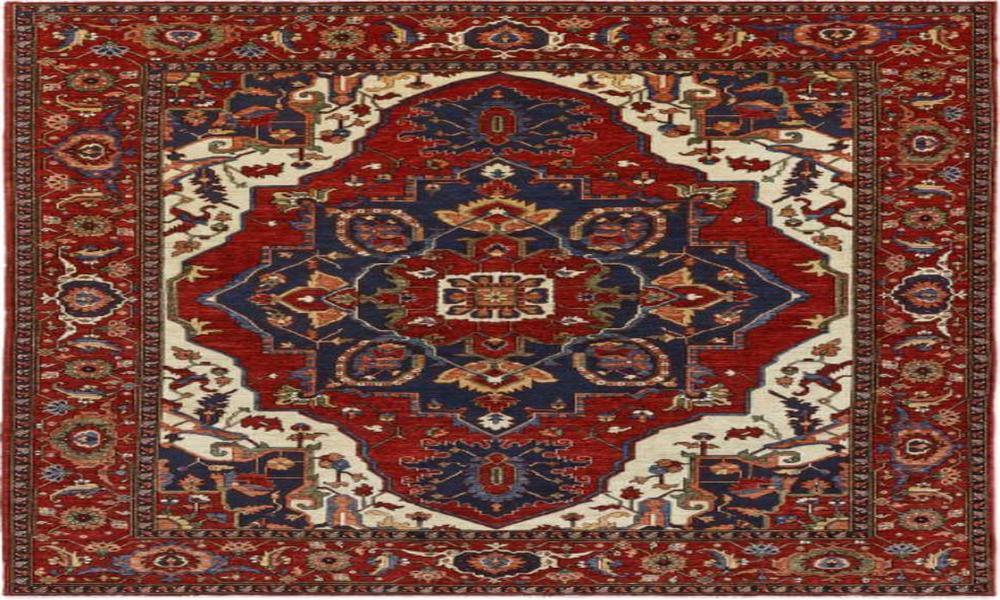Colors: Persian rugs are renowned for their vibrant colors. Take inspiration from the colors used in these rugs and try to incorporate them into your creative projects. Experiment with different color combinations to create something unique.
Textures: Persian rugs are often made using a variety of textures and materials, such as wool, silk, and cotton. Take inspiration from the textures used in these rugs and try to incorporate them into your projects.
History and Culture: Persian rugs have a rich history and are deeply intertwined with Persian culture. Take time to learn about the history and cultural significance of these rugs, and use this knowledge to inform your creative projects.
Repurposing: If you have an old Persian rugs that you no longer use, considers repurposing it into something new. You can cut it up and use the fabric to create a new piece of clothing or accessory, or even use it as a canvas for your artwork.
I Don’t Want To Spend This Much Time On PERSIAN RUGS. What should I do?
Buy a pre-made rug: Rather than spending time researching and choosing a Persian rug, you could purchase a pre-made rug that fits your style and needs. Many websites and stores offer a wide selection of pre-made Persian rugs.
Hire a professional: If you are looking for a specific type of Persian rug or want to invest in a higher quality rug, you could hire a professional to help you find the right rug. A professional can provide you with information about the different types of Persian rugs and their characteristics, as well as help you choose a rug that fits your budget and style.
Set a time limit: If you still want to research and choose a Persian rug yourself, you could set a time limit for yourself. Decide how much time you are willing to spend on the process and stick to that limit. This can help you focus on the most important aspects of the rug, such as its size, quality, and design.
How to Make More PERSIAN RUGS by Doing Less
Invest in modern technology: The use of modern technology such as computer-aided design (CAD) and automated looms can significantly reduce the time and effort required to make each rug. However, the quality of the final product may not match that of a traditional handmade Persian rug.
Streamline the production process: Analyze the production process and identify areas where time and effort can be saved without compromising on quality. For example, optimizing the dyeing process, simplifying the weaving technique, and reducing the number of steps involved in making each rug can help increase production.
Hire more skilled artisans: Increasing the number of skilled artisans working on each rug can help reduce the time required to complete each rug without compromising on quality. However, this may not always be feasible due to the limited availability of skilled artisans.
Focus on creating simpler designs: Intricate designs and patterns take longer to create and require more effort. Simplifying the design can help reduce the time and effort required to make each rug while still maintaining the quality.




